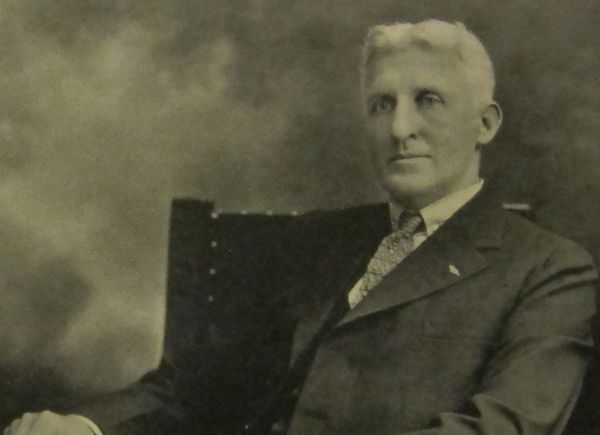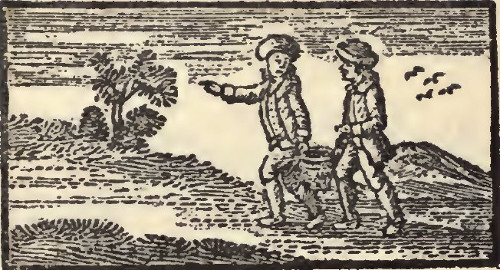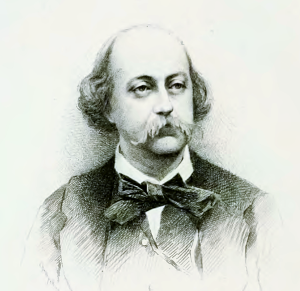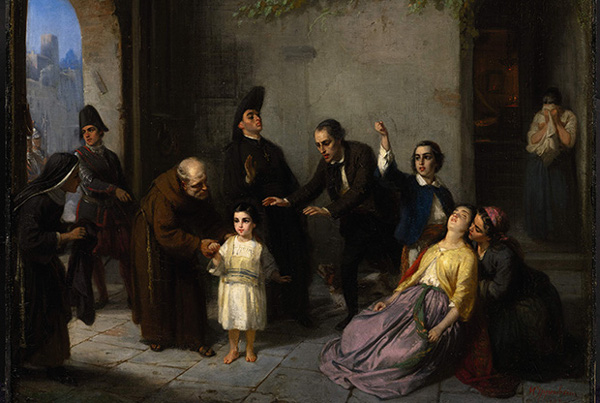In the 1950s a passenger rail line served Ithaca, N.Y. It was the only reliable way to get to Ithaca, working in all seasons and weather conditions, but it was slow and uncomfortable, so when possible many people traveled instead by car, air, or bus. The railway didn’t make enough revenue to continue the service, and in May 1959 it shut down the line.
The commuters expressed real dismay. Their daily choices to travel by other means had been too “small” to reflect their desire for continued rail service; the railway, by contrast, had had to make one big, long-term decision whether to maintain the line. Both sides were acting rationally, but they’d reached an outcome that no one preferred.
Cornell economist Alfred E. Kahn called this the “tyranny of small decisions”:
The short- and long-run determinations by business men are governed by decisions of customers involving a corresponding range in size and time-perspective — to buy a single candy bar, a camping trip, an automobile, a house, or to enter a rental contract of short or long duration. Still, the ‘size’ or importance of the individual choices by customers is typically less than of those made by the business man, so that each of the latter’s decisions reflects a prospective adding up of the consequences of a large number of customer actions taking place over a period of time.
And the “sum” of these small decisions may not reflect what people really want. “[I]f one hundred consumers choose option x, and this causes the market to make decision X (where X equals 100x), it is not necessarily true that those same consumers would have voted for that outcome if that large decision had ever been presented for their explicit consideration. If this is true, the consumer can be victimized by the narrowness of the contexts in which he exercises his sovereignty.”
(Alfred E. Kahn, “The Tyranny of Small Decisions: Market Failures, Imperfections, and the Limits of Economics,” Kvklos 19:1 [1966], 23-47.)






